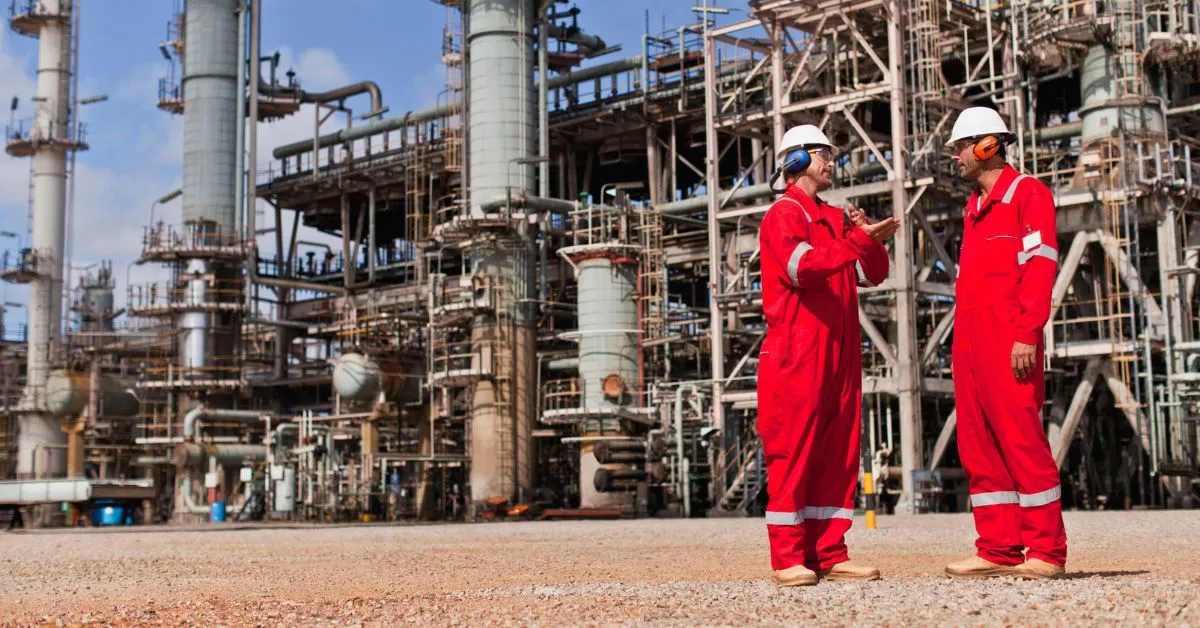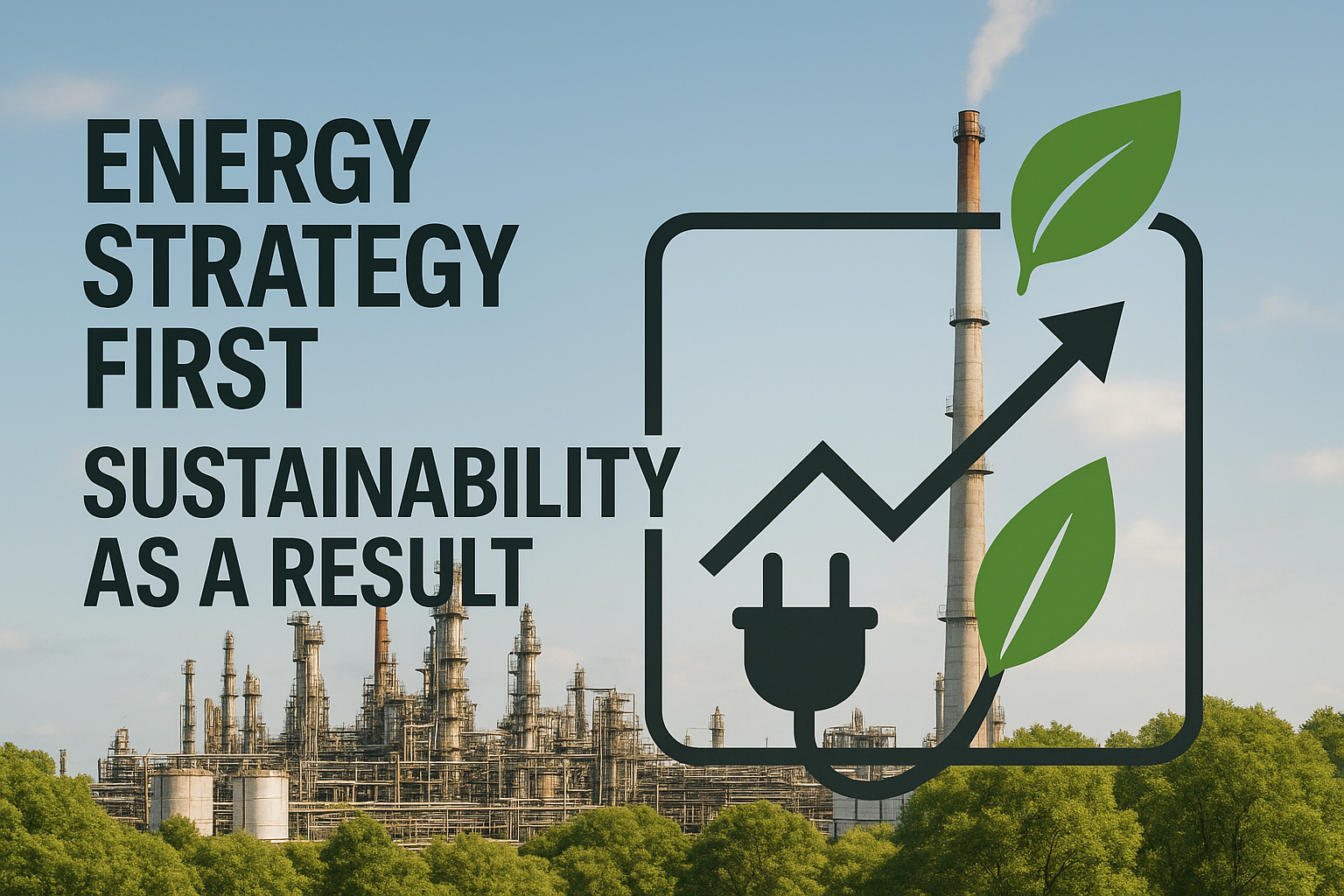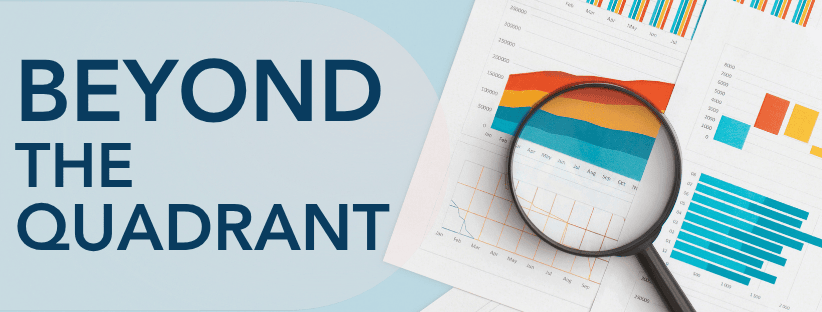Margins keep tightening, yet refineries are losing the seasoned operators who have long protected profitability. Roughly 25 percent of the U.S. manufacturing workforce is already over 55. As this expertise walks out the gate, every extra unit of yield and every unexpected shutdown carries an outsized financial impact.
Process industry leaders face a stark reality: traditional knowledge transfer methods can’t match the pace of retirement. Industrial AI offers a different path; one that captures tacit know-how, monitors thousands of variables in real time, and suggests course corrections before deviations snowball into downtime.
This practical playbook shows how to fuse human insight with AI models, future-proof day-to-day performance, and keep culture and profits intact, even as veteran talent retires.
The Expertise Crisis Threatening Refinery Performance
The scale of this workforce shift becomes clearer when you consider the timing. Many seasoned employees may retire within the next decade, reflecting broader global demographic trends. If you manage a refinery, that demographic shift means fewer veterans in the control room just when margins demand every bit of hard-won expertise.
What’s at stake is tacit knowledge: the feel for a unit’s optimal operating window, the rhythm of feed changes, the instinct to prevent an upset before alarms sound. Lose that knowledge and the plant drifts toward conservative set points, slower responses, and extended downtime; each hour of lost throughput directly impacts profitability. Standard operating procedures and training help, but they can’t capture the nuanced reasoning behind a veteran’s split-second decision.
Consider the experienced crude-unit operator who notices a subtle pressure variation and makes an early heater adjustment that prevents a full shutdown. That intuition isn’t documented anywhere, yet it can save millions. Without new strategies, the retirement wave will impact performance first, and your bottom line soon after.
How AI Augmentation Preserves and Amplifies Human Knowledge
AI augmentation creates collaborative intelligence that preserves operator authority while enhancing visibility. These systems learn from years of interventions, set-point adjustments, alarm responses, and upset recoveries, keeping expertise in the control room even after veterans retire. Knowledge is captured in real time, not retrospectively.
The cycle operates through continuous learning: data flows in, models train on process signals and human responses, recommendations appear, feedback is captured, and the model self-refines. AIO solutions merge first principles with pattern recognition to mirror actual operations.
Transparent models explain every suggested adjustment, addressing “black box” concerns. Operators approve, modify, or reject suggestions, teaching the model what works. By focusing on key performance indicators—yield, energy efficiency, safety—AI aligns with profitability drivers.
Implementation challenges typically stem from data quality issues or insufficient front-line engagement. Human oversight prevents over-reliance and ensures models respect operational constraints. The result: an evolving knowledge base that transforms individual expertise into organizational capability.
Why Cross-Functional Teams Make AI Implementation Successful
Deploying advanced AI models without the right people around the table often leads to stalled pilot phases. A refinery’s most effective AIO implementations start with a cross-functional core that blends operators, process engineers, maintenance specialists, data scientists, IT staff, and management into one decision-making unit. This unified approach surfaces high-value use cases quickly and ensures every requirement—from sensor reliability to cybersecurity—gets addressed up front.
Building momentum requires a structured approach that begins with ranking opportunities against business impact and data readiness, followed by validating each model in a safe environment before moving to controlled rollout.
Once in operation, shared dashboards keep performance transparent while on-shift AI champions collect feedback for the data science group. This continuous loop turns plants into living labs where models and human expertise learn from each other.
Effective governance keeps the collaboration tight through steering committees that resolve resource conflicts and align KPIs, while agreed escalation paths let operators override recommendations without red tape.
Such structures help teams avoid the silos that often derail projects, making AIO success everyone’s responsibility, not just IT’s. Regular review sessions capture the tacit insights veterans reveal during abnormal events, preserving critical know-how even as the workforce evolves.
What Future-Proof Plant Operators Need to Know
The console of tomorrow’s plant operates differently. Instead of chasing alarms, you supervise AI models that analyze thousands of variables, surface opportunities, and—with your validation—write setpoints back to the control system. Your role shifts from manual controller to strategic “AI supervisor,” safeguarding performance and safety while AIO technology handles routine adjustments.
Success requires data fluency; reading dashboards like pressure gauges, spotting outliers, and translating them into business priorities. Understanding plant KPIs, basic statistics, and model logic helps you decide when to trust AI and when to override it.
Modern training now combines veteran shadowing with AI decision scenarios where human experts retain final control. This creates safer environments for developing critical skills through continuous feedback loops.
Troubleshooting evolves to include retracing AI recommendation paths, checking data freshness, and sensor health alongside traditional valve checks. Cybersecurity awareness becomes essential as compromised sensors can mislead both people and models.
Career opportunities expand for operators who can translate AI outputs into business outcomes. AI literacy positions you for higher-value roles in optimization strategy and cross-functional leadership, making your skills resilient in a changing market.
Early adopters report lower cognitive load, faster root-cause analysis, and more time for long-term improvements. Their expertise becomes codified in continuously learning models, ensuring knowledge remains available long after they’ve moved on.
Turning Individual Expertise Into Organizational Knowledge
Every operator action, from upset responses to subtle set-point adjustments, contains valuable insights about plant operations. When this knowledge remains with individual operators, organizations lose critical context. Industrial AI captures this tacit expertise by transforming it into a living knowledge base that benefits the entire team.
The process starts during normal operations as the system collects high-frequency data while tracking manual interventions. Engineers add structured annotations that preserve the reasoning behind decisions—why a valve adjustment works in specific conditions, for example—creating a comprehensive decision audit trail.
Once deployed, the AI recognizes patterns from veteran operators’ past actions and offers recommendations with confidence scores. Operators provide feedback through validations or overrides, continuously improving the model’s performance.
This knowledge only delivers maximum value when widely shared. Through dashboards displaying optimization opportunities and lightweight governance systems (validation workflows, peer reviews, and recognition programs), individual expertise becomes organizational memory. Each shift inherits an increasingly intelligent model rather than static procedures, preserving critical knowledge across workforce transitions while building collective intelligence.
How Imubit Enables AI Augmentation for Future-Proof Refineries
The Imubit Industrial AI Platform serves as your plant’s central optimization engine, built on experience from 100+ industrial deployments. The platform integrates with your control system, writing optimal setpoints while maintaining complete transparency. Operators can trace recommendations to source signals, building essential trust through explainable models.
Prove the value of AI at no cost. Get a clear summary of optimization potential at your site and see how a unified AI model can accelerate decision-making across your teams.




